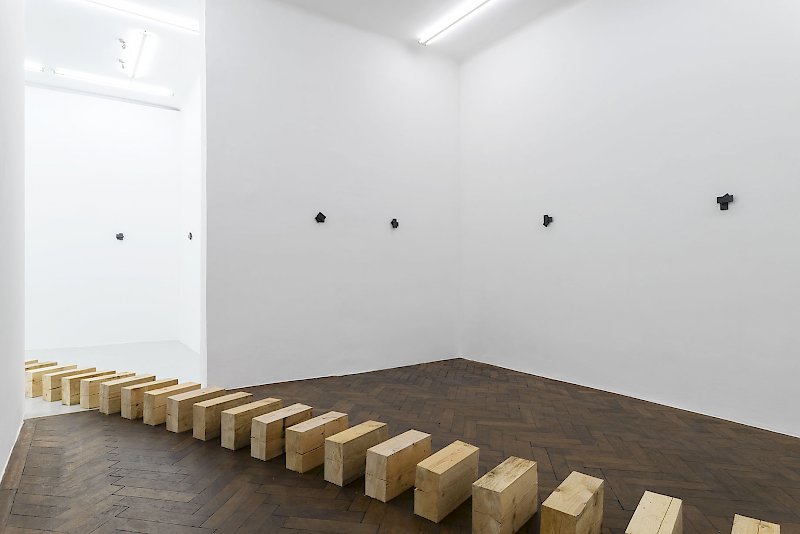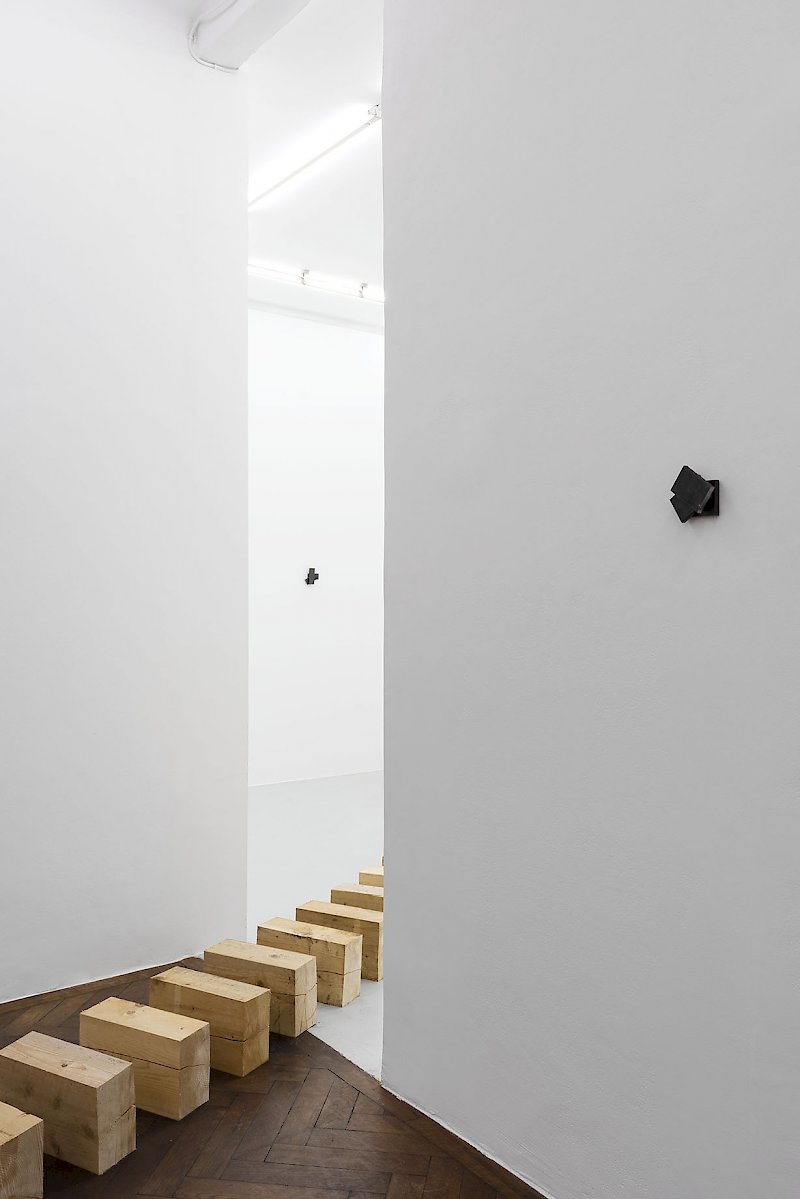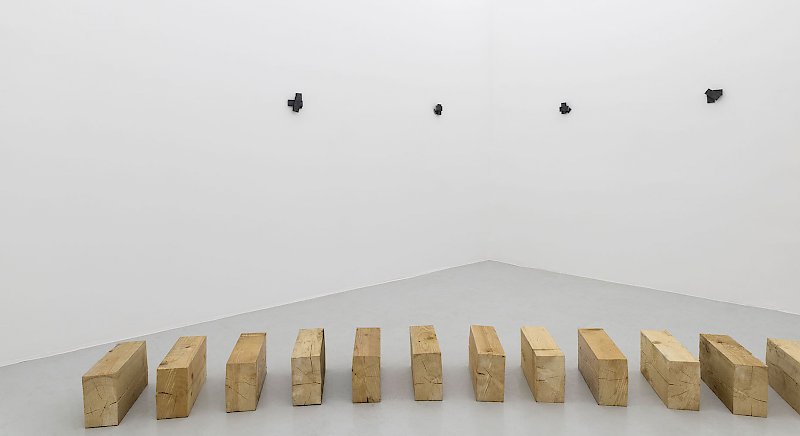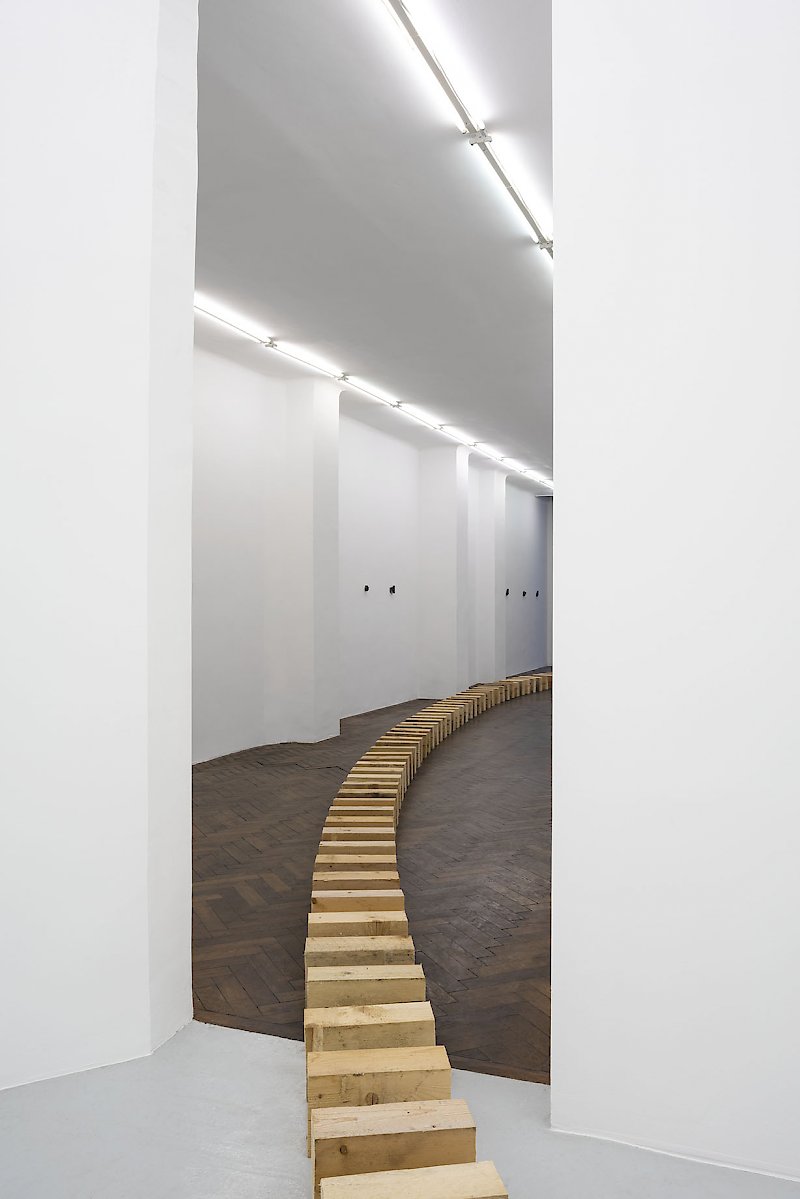Some sculpture is terse, stubborn, wordless; almost stolid in its intensity.
It sits there and glares. It tells no story. It is.(1)
Richard Nonas
Richard Nonas’ (*1936 in New York) sculptures are characterized by his use of rough materials like wood, stones and steel. Brought into simple, ostensibly geometric shapes they form repetitive modules of his sculptures which are then implemented in existing architectures or landscapes. The modular forms, often arranged in pairs, series, in lines on the wall or in grid-like structures or curves on the floor create a complex field of tensions between dialogue and withdrawal, presence and absence, object and sculpture, serenity and ambivalence: For the nature of sculptural places is that, just as they come into being immediately and all at once, so too they remain in existence only by continuing to vibrate with unresolvable internal tensions.(2)
Static, single elements of wooden blocks and steel sculptures enter a dynamic range of curves and lines—single shapes shift to rhythm and resonance, thereby exceeding any minimalist aesthetic. The sculptures evoke—by a maxim of simplicity and compositional rigor—ambiguous, intensive places which oscillate between presence and memory, language and emotion, material and phenomenon. Thus, establishing a non-metrically organized space which conveys rather a visceral sense of space than a cognitive understanding of it—questioning western habitual distinction and perception of space.
The title of this exhibition swerve (of shore) to bend (of bay)—taken from James Joyce’s ‘Finnegans Wake’—prefigures a mapping of Nonas’ sculptural place. A way a lone a last a loved a long the (3)—a path through the exhibition—both temporally as spatially—beginning at the end, moving in cycles, like Joyce’s novel. Nonas’ works are not concerned with the illustrative, neither discursively nor narratively. It is more a structural affinity between the novel and the sculptures. The title refers us to the actual ground where Nonas places his sculptures—the abyss between nature and culture or our human inner world and the outer world, the threshold at which language is stretched to its limits.
Nonas’ sculptures have to be able to do what architecture has claimed but has not often accomplished: to create place itself—place based neither on external boundaries nor internal connections, nor even on their combination, but rather place as the intensity if presence alone.(4) Always attempting the almost magical transformation of architectural space into sculptural place.(5)
1 Richard Nonas, Get Out Stay Away Come Back, écrits d’artistes, Dijon: les presses du reel, Chalon-sur-Saône: la vie des formes, 1995, p. 162.
2 Richard Nonas, Double Clutch. Two Block Walk., Carpe Diem II, Galerie Hubert Winter, Vienna, 1998, p. 2.
3 James Joyce, Finnegan’s Wake, New York: The Viking Press, 1939, p. 628.
4 Richard Nonas, Double Clutch. Two Block Walk., Carpe Diem II, Galerie Hubert Winter, Vienna, 1998, p. 2.
5 ibd. p.1.
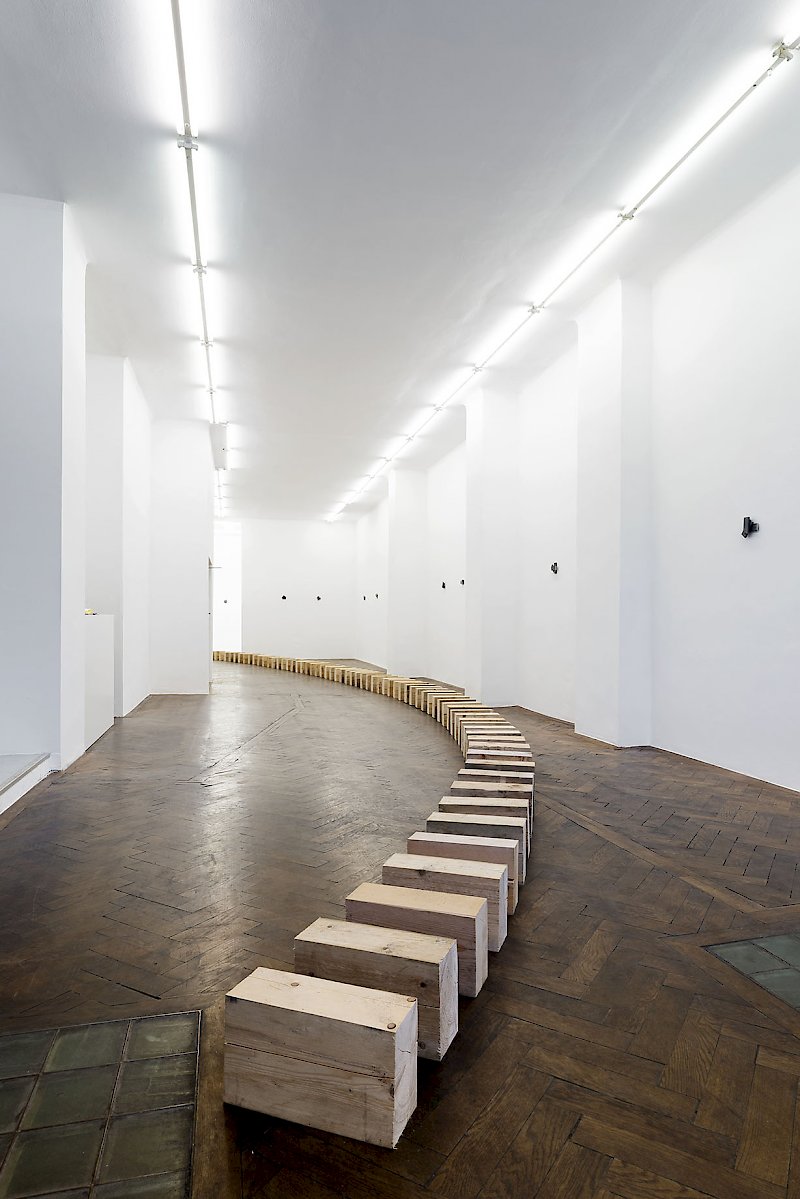
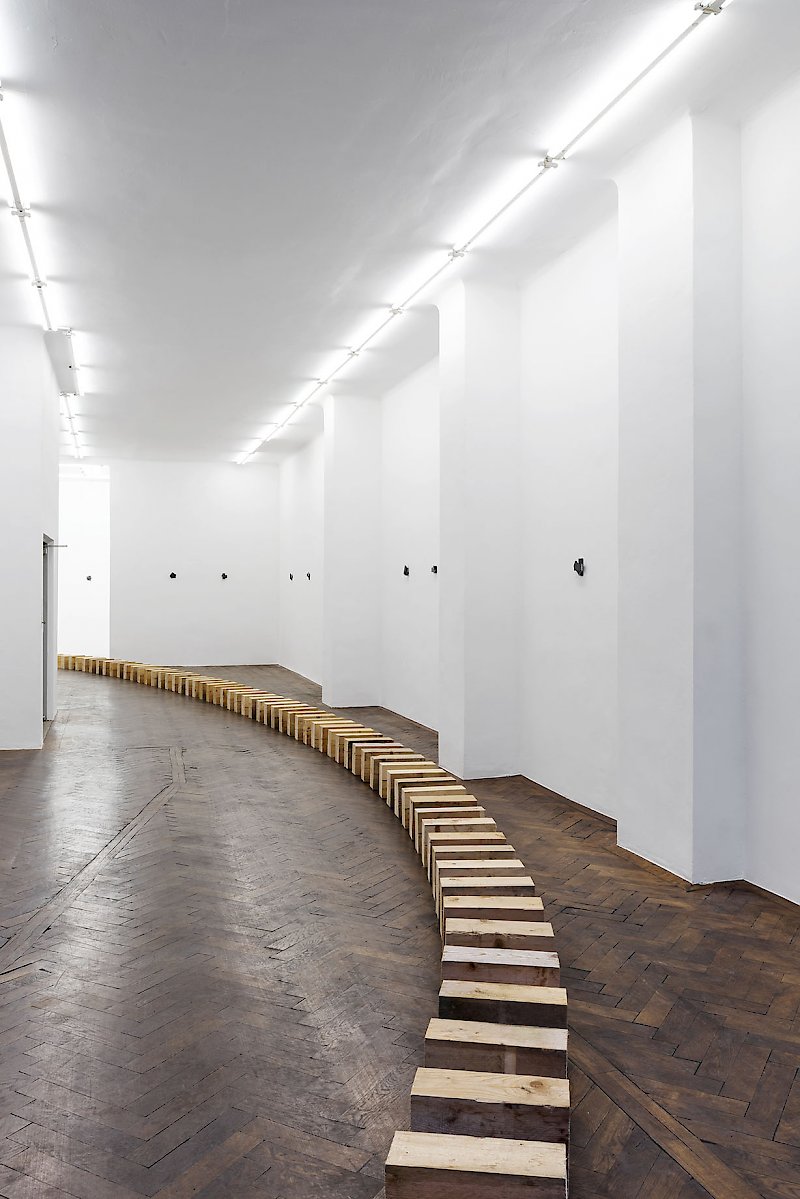
REVIEWS:
ArtReview - Max Feldman
